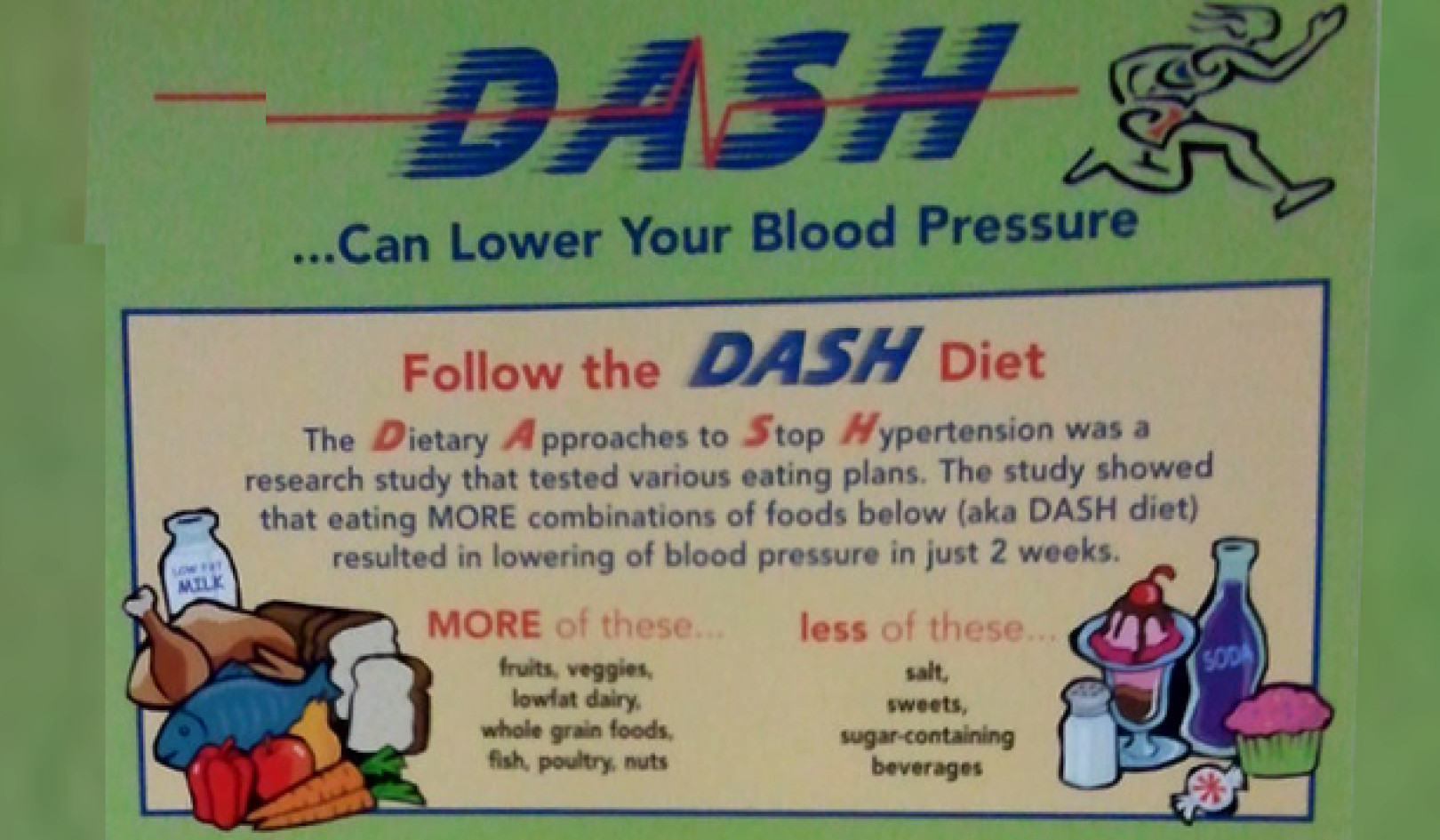
Pain can be a common reason why a person sucks their stomach muscles in. Yurii_Yarema/ Shutterstock
Our abdominal muscles are among the hardest-working muscles in the body. They are involved in nearly every move we make, keeping the body stable and balanced, protecting our spine and even ensuring our internal organs stay where they’re supposed to.
But certain health conditions and even unnecessarily tensing the muscles during your daily life can cause the abdominal muscles to become imbalanced. Over time, this can lead to a condition called “hourglass syndrome” – a detrimental change in the structure of the abdominal wall, which may cause a visible crease to form in the mid-abdomen. Not only that, but this change can also have a knock-on effect on the internal organs and other parts of the body if left untreated.
There are four main causes of hourglass syndrome. All of them result in an imbalance in the function of the abdominal muscles.
The first is due to certain congenital conditions (such as gastroschisis or omphacele) which cause the abdominal muscles to develop incorrectly, leading to muscle imbalances.
Poor posture is another cause. This leads the spine to move away from its normal, s-shaped curvature, resulting in detrimental changes in the tension and function of the abdominal muscles, leading to imbalances. Pain in the abdomen (whether from stomach, liver or gallbladder problems) can also cause a person of voluntarily or involuntarily contract their abdominal muscles in order to reduce or avoid pain.
But another surprising cause of hourglass syndrome may be body image issues, which are an increasing issue. People who may feel insecure in their body or who want a flat stomach may suck their stomach muscles to achieve this look.
Muscle imbalance
When we suck our stomach in it causes our rectus abdominis (commonly referred to as our “six-pack” muscles) to contract. But since we tend to store more fat tissue in our lower abdomen, the muscles at the top of the stomach tend to be more active. This creates a fold or crease in the abdomen over a long period, with the belly button being pulled upwards.
Regardless of the cause – whether voluntary or involuntary – sucking the stomach in places greater pressure on the lower back and neck. This is because they now have to compensate for changes in core stability.
The compression of the abdomen also reduces the amount of space available for the abdominal organs to reside. If you consider the abdomen like a tube of toothpaste, squeezing it in the middle creates pressure at the top and bottom. The pressure at the top affects breathing by making the diaphragm (the major muscle involved in drawing air in) unable to pull down as far.
The pressure at the bottom places greater force on the pelvic floor muscles as the abdominal cavity reduces in volume when the abdomen is sucked in. Alongside this, there are increased forces placed on the joints of the spine and pelvis because the abdominal muscles are less able to absorb impact when tensed.
Although there’s limited research looking at the effect of hourglass syndrome itself on breathing capacity, research on abdominal strapping (where the whole abdomen or only part of it is strapped to aid recovery from a muscle injury or after surgery), shows a 34% decrease in the amount of air that’s exhaled and a 27%-40% reduction in total lung capacity. It’s uncertain if this leads to long-term changes in breathing capacity. But in the short term, this may it harder to exercise – and you may also feel fatigued earlier due to reduced oxygen coming into the bloodstream.
Sucking in the abdomen can place strain on the pelvic floor, which will affect the function of the bladder, uterus and rectum, potentially causing urine or faecal matter to leak, as well as uterine prolapse. For people who already have issues with pelvic floor dysfunction (such as urinary or faecal incontinence), sucking in the stomach may worsen them.
Fortunately, hourglass syndrome is reversible. Treating the muscular imbalance through exercises that strengthen all of the core muscles will help. Exercises such as planks or bridges are just a couple of examples. Similarly, activities such as yoga or pilates are also likely to be beneficial in relaxing the muscles.
Hourglass syndrome is probably something that will develop over a long period – weeks of consistently sucking in the stomach. So occasionally sucking the stomach muscles in is not likely to cause problems.
There are also many ways you can avoid it. If you have unexplained or prolonged abdominal pain, it’s worth seeking medical advice – not only to prevent muscle imbalances but also to treat the root cause of the pain. If you tend to suck your stomach in to improve your appearance, exercises that strengthen the muscles and back will be useful for helping maintain good posture and flatten the abdomen.![]()
About The Author
Adam Taylor, Professor and Director of the Clinical Anatomy Learning Centre, Lancaster University
This article is republished from The Conversation under a Creative Commons license. Read the original article.
Related Books:
The Body Keeps the Score: Brain Mind and Body in the Healing of Trauma
by Bessel van der Kolk
This book explores the connections between trauma and physical and mental health, offering insights and strategies for healing and recovery.
Click for more info or to order
Breath: The New Science of a Lost Art
by James Nestor
This book explores the science and practice of breathing, offering insights and techniques for improving physical and mental health.
Click for more info or to order
The Plant Paradox: The Hidden Dangers in "Healthy" Foods That Cause Disease and Weight Gain
by Steven R. Gundry
This book explores the links between diet, health, and disease, offering insights and strategies for improving overall health and wellness.
Click for more info or to order
The Immunity Code: The New Paradigm for Real Health and Radical Anti-Aging
by Joel Greene
This book offers a new perspective on health and immunity, drawing on principles of epigenetics and offering insights and strategies for optimizing health and aging.
Click for more info or to order
The Complete Guide to Fasting: Heal Your Body Through Intermittent, Alternate-Day, and Extended Fasting
by Dr. Jason Fung and Jimmy Moore
This book explores the science and practice of fasting offering insights and strategies for improving overall health and wellness.





























